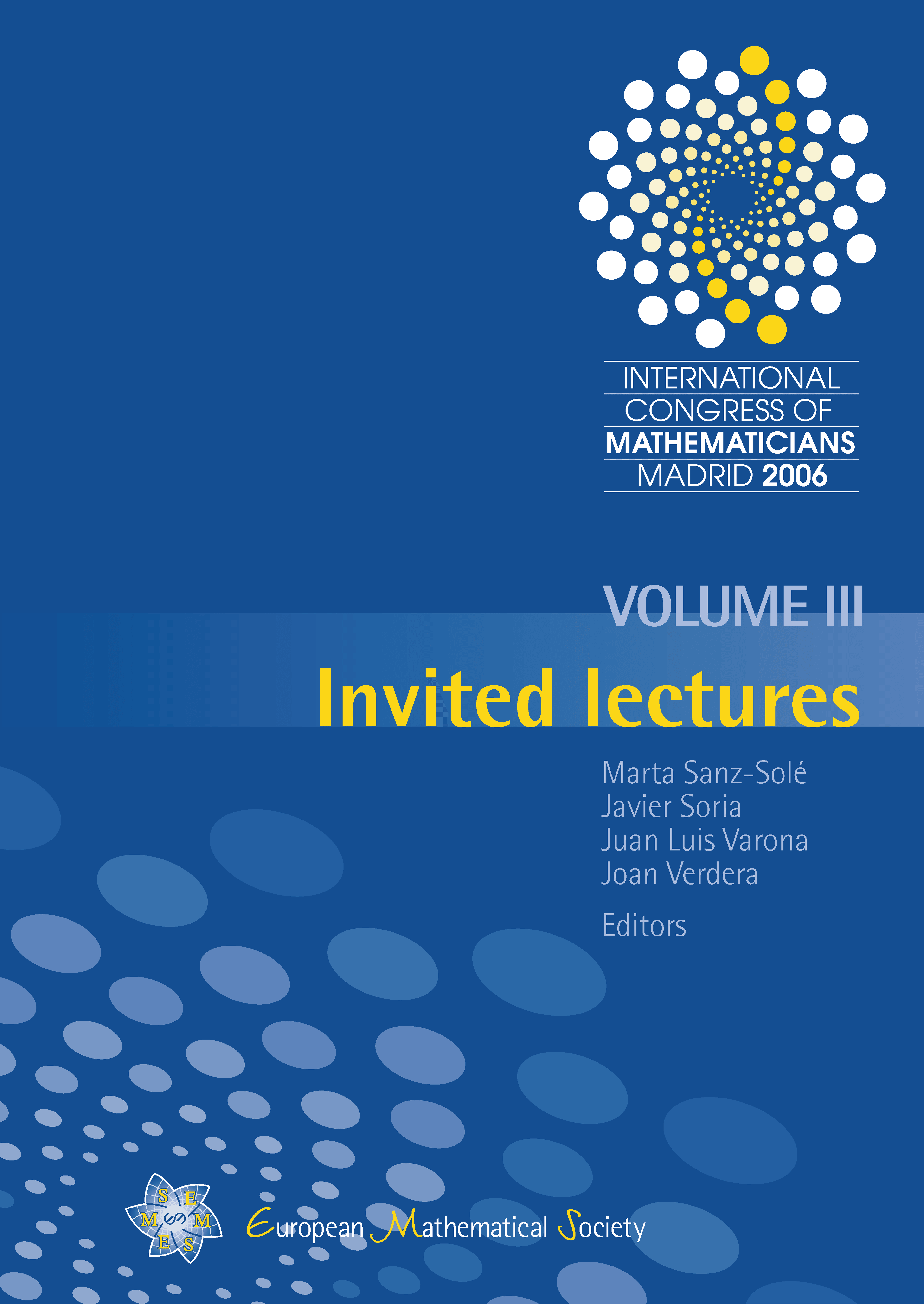Estimation in inverse problems and second-generation wavelets
Gérard Kerkyacharian
Université Pierre et Marie Curie, Paris, FranceDominique Picard
Université Paris 7, Denis Diderot, Paris, France

A subscription is required to access this book chapter.
Abstract
We consider the problem of recovering a function f when we receive a blurred (by a linear operator) and noisy version: Yε = Kf + εẆ . We will have as guides 2 famous examples of such inverse problems: the deconvolution and the Wicksell problem. The direct problem (K is the identity) isolates the denoising operation. It cannot be solved unless accepting to estimate a smoothed version of f: for instance, if f has an expansion on a basis, this smoothing might correspond to stopping the expansion at some stage m. Then a crucial problem lies in finding an equilibrium for m, considering the fact that for m large, the difference between f and its smoothed version is small, whereas the random effect introduces an error which is increasing with m. In the true inverse problem, in addition to denoising, we have to ‘inverse the operator’ K, an operation which not only creates the usual difficulties, but also introduces the necessity to control the additional instability due to the inversion of the random noise. Our purpose here is to emphasize the fact that in such a problem there generally exists a basis which is fully adapted to the problem, where for instance the inversion remains very stable: this is the singular value decomposition basis. On the other hand, the SVD basis might be difficult to determine and to numerically manipulate. It also might not be appropriate for the accurate description of the solution with a small number of parameters. Moreover, in many practical situations the signal provides inhomogeneous regularity, and its local features are especially interesting to recover. In such cases, other bases (in particular, localised bases such as wavelet bases) may be much more appropriate to give a good representation of the object at hand. Our approach here will be to produce estimation procedures keeping the advantages of a localisation properly without loosing the stability and computability of SVD decompositions. We will especially consider two cases. In the first one (which is the case of the deconvolution example) we show that a fairly simple algorithm (WAVE-VD), using an appropriate thresholding technique performed on a standard wavelet system, enables us to estimate the object with rates which are almost optimal up to logarithmic factors for any Lp loss function and on the whole range of Besov spaces. In the second case (which is the case of the Wicksell example where the SVD basis lies in the range of Jacobi polynomials) we prove that a similar algorithm (NEED-VD) can be performed provided one replaces the standard wavelet system by a second generation wavelet-type basis: the needlets. We use here the construction (essentially following the work of Petrushev and co-authors) of a localised frame linked with a prescribed basis (here Jacobi polynomials) using a Littlewood–Paley decomposition combined with a cubature formula. Section 5 describes the direct case (K = I). It has its own interest and will act as a guide for understanding the ‘true’ inverse models for a reader who is not familiar with nonparametric statistical estimation. It can be read first. Section 1 introduces the general inverse problem and describes the examples of deconvolution and Wicksell’s problem. A review of standard methods is given with a special focus on SVD methods. Section 2 describes the WAVE-VD procedure. Section 3 and 4 give a description of the needlets constructions and the performances of the NEED-VD procedure.